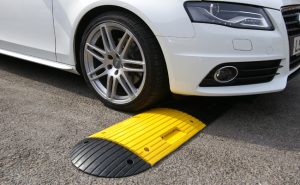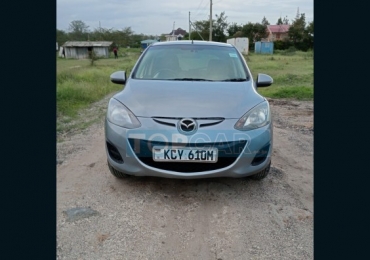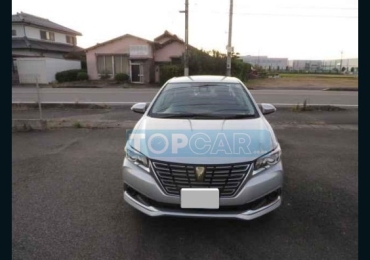How To Safely Increase a Vehicle’s Ground Clearance

Most cars we import into Kenya from Japan and Europe with the exception of 4X4s, do not have the right height for our roads. The main problem, especially for urban drivers, is poorly designed speed bumps. Getting over them requires you to slowly maneuver the vehicle across the bump, and sometimes spillover onto the opposing lane. This is not something you want to go through every day, besides the mental anguish, the cost of repairing a broken transmission is prohibitive.
So, what to do? endure the anguish, sell the vehicle, or increase height? Most prefer to increase height but do not know how to properly go about it. Most roadside mechanics are not helpful either as they mostly prescribe solutions that correspond to their level of ignorance. Vehicle modifications that increase height above manufacturer specifications often affect a vehicle’s stability and maneuverability. Besides being dangerous, some of these solutions may also void your insurance cover in case of an accident.
So what options do you have? First, before you undertake any modifications to the suspension, it is important to understand your vehicle and the technology it has. Vehicles that have stability control systems, lane keep systems, and collision avoidance systems should NEVER be modified. Sensors that control these systems rely on a vehicle’s height to make adjustments. Any modifications can throw these systems off and trigger a catastrophic chain reaction. Once you rule out these systems, then below are the options available for safely increasing a vehicle’s ground clearance.
1. Change Tyre Size and Rim size
Most manufacturers give room for variation in tyre and/or rim size to adjust a vehicle for various driving conditions. Refer to the owner’s manual on the tyre and rim configurations allowed on your vehicle. To increase height, you can change to tyres with a higher profile. You can gain even more height by changing to smaller sized rims that can accommodate higher profile tyres. This way, you can safely increase a vehicle’s height while being within the manufacturer’s specifications. The downside of putting high profile tyres is a decrease in a vehicle’s efficiency and performance. The advantage is that, if done as per manufacturer’s specifications, it does not void your insurance.
2. Changing Coilovers
By changing to taller and stiffer shocks and coil springs, it is possible to greatly increase a vehicle’s height. This should be done by a professional garage experienced in vehicle suspension. The coilovers should be of the same specification and should be bought brand new. The advantages for this option is a considerable increase in height. The disadvantages; decrease in stability and may void your insurance.
3. Height Spacers
Height spacers are extensions that are inserted into a vehicle’s suspension assembly to increase height. They are the cheapest and easiest to install and are therefore the most used. We highly discourage from using height spacers due to the following reasons. Firstly, most height spacers sold in Kenya are of poor quality and do not meet the required standards. Secondly, height spacers greatly affect a vehicles stability at speed as they introduce understeer and oversteer.
In case you want to install height spacers, make sure they are of good quality, machine made and from a reputable company. Those hand made aluminum spacers sold in Kenya are a safety hazard and should be avoided at all costs.
Get More With TopCar
If you have a question about this model or any other automotive questions, you can now get answers on our forum.
If you want to sell or trade-in you vehicle, you can list it for free via our seller portal.
If you wish to purchase this model local or abroad, you can do that via our marketplace.



